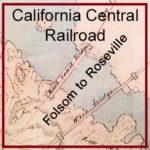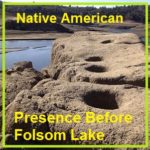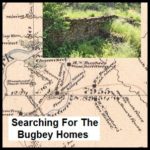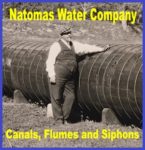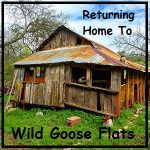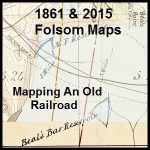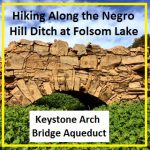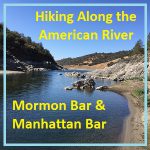While SVRR was planning the extension, Charles Lincoln Wilson incorporated a new company called the California Central Railroad in 1857 with Theodore Judah as Chief Engineer and Wilson as the appointed contractor. I have found no actual map filed, thus far, with the state by the California Central Railroad, but it’s probably floating around someplace. However, in 1864, the Central Pacific Railroad filed a map of their lower division from Sacramento to Auburn. On it the CCRR is depicted in the relative alignment indicated by the SVRR extension map.

